Indoor vs. Outdoor Germination: Pros, Cons, and Tips for Each
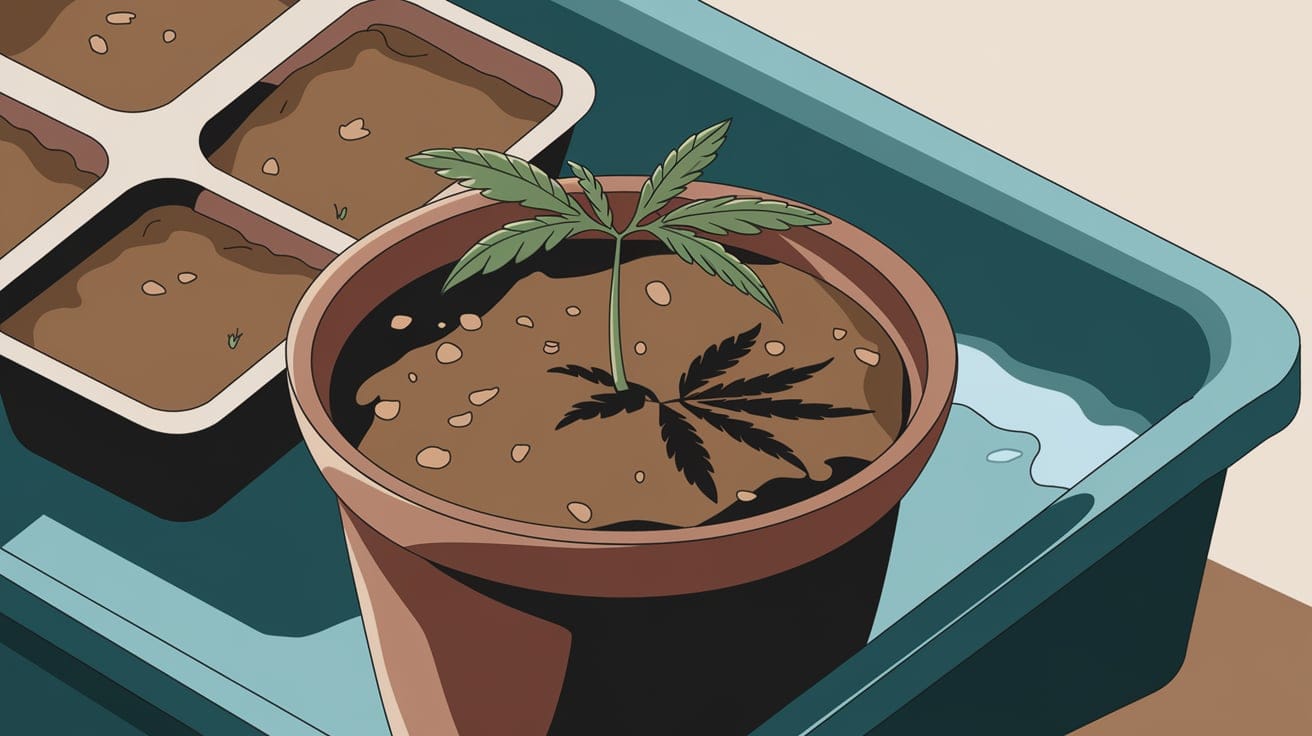
Successfully sprouting cannabis seeds is key to a healthy plant start, but choosing between indoor vs. outdoor germination can be a big decision. Each option has pros and cons; the best choice depends on your goals, climate, and resources. Let’s break down the differences to help you pick the best way to grow.
Indoor Germination
Indoor germination allows you to create a highly controlled environment. This means you can manage temperature, humidity, and light—giving your seeds the best possible chance for success.
Pros of Indoor Germination
- Controlled Environment: You can adjust temperature, humidity, and light to ensure your seeds sprout successfully.
- Protection from Weather: Germinating seeds indoors protects them from bad weather, pests, and other things that could harm them.
- Consistent Light: Grow lights give you control over how much light your seeds get, helping them grow without too many changes.
- Higher Success Rate: Indoors, you can create stable conditions, which usually means better germination results.
Cons of Indoor Germination
- Equipment and Cost: Indoor germination can be expensive, as grow lights, heat mats, and humidifiers are needed.
- Space Limitations: Not everyone has space for an indoor setup, especially if you want to start many seeds.
- No Natural Sunlight: Grow lights work well but can’t fully match the sun. Indoors, you need to manage light carefully to avoid issues.
Tips for Indoor Germination
- Temperature & Humidity: For the best results, keep it between 68-72°F (20-22°C) with 70-80% humidity. These conditions provide a stable environment that maximizes germination success.
- Light: To start, use low-intensity grow lights like CFL or LED—too much light can harm delicate seedlings.
- Paper Towel Method: This is a popular way to germinate seeds indoors, and it allows you to easily monitor and adjust moisture levels.
Outdoor Germination
Outdoor germination relies on natural elements like sunlight, warmth, and soil. This approach is more straightforward and cost-effective, depending on consistent weather.
Pros of Outdoor Germination
- Cost-Effective: You don’t need special equipment—sunlight, soil, and natural temperatures are free.
- Full Sunlight: The sun provides a complete light spectrum for strong growth.
- More Space: You can start many seeds without worrying about running out of room.
- Easy Transition: If you’re growing outdoors, starting outside means seedlings won’t have to adapt later.
Cons of Outdoor Germination
- Weather Risks: Seeds are exposed to fluctuating temperatures, humidity, wind, and rain, which can be stressful.
- Pests: Seeds and seedlings outdoors are vulnerable to insects, birds, and animals.
- Weather Dependency: Outdoor germination relies on consistent weather—unexpected cold, heat, or rain can cause issues.
Tips for Outdoor Germination
- Right Timing: Start in spring when temperatures are stable, around 65-75°F (18-24°C).
- Pest Protection: Use a mesh cover to protect seeds from pests like insects or birds.
- Use Containers: If the weather is unpredictable, germinate in pots so you can bring them inside if needed.
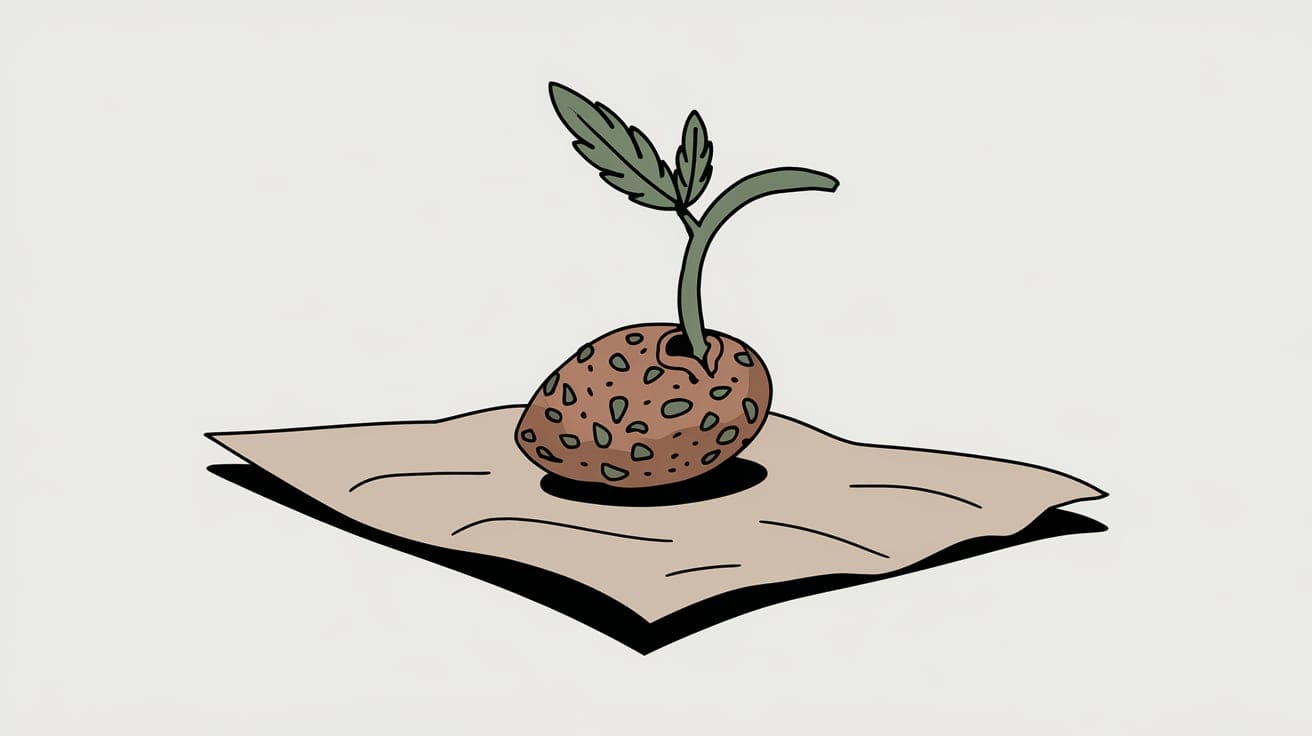
Common Mistakes To Avoid With Indoor vs. Outdoor Germination
Avoiding these common mistakes will help increase your chances of successful germination:
- Overwatering: Too much water can suffocate seeds. Keep soil moist but not waterlogged.
- Incorrect Temperature: Seeds need stable temperatures for successful germination. Monitor and adjust as needed.
- Poor Light Management: Ensure seedlings get enough light without being overwhelmed—especially important for indoor setups.
Step-By-Step Germination Guide
Indoor Germination
- Prepare Equipment: Gather grow lights, heat mats, and containers.
- Temperature & Humidity: Set the environment to 68-72°F (20-22°C) with 70-80% humidity.
- Paper Towel Method: Place seeds between moist paper towels and keep them in a warm spot.
- Monitor Daily: Monitor moisture levels and ensure the environment remains stable.
- Transplant: Once seeds sprout, transfer them to growing containers.
Outdoor Germination
- Choose the Right Time: Start in spring when temperatures are consistently warm.
- Prepare Soil: Make sure the soil is well-draining and nutrient-rich.
- Plant Seeds: Sow seeds directly into the ground or in small pots.
- Protect from Pests: Use mesh covers or garden fabric to prevent insect and bird damage.
- Monitor Conditions: Monitor weather forecasts and bring potted seeds indoors if needed.
Indoor vs. Outdoor Germination: Which Is Best?
| Aspect | Indoor | Outdoor |
|---|---|---|
| Control | Full control over the environment | Limited, depends on the weather |
| Light | Grow lights (CFL, LED) | Natural sunlight |
| Protection | Yes (safe from weather, pests) | No (exposed to elements) |
| Cost | Moderate to high | Low (natural resources) |
| Best for | Reliable, controlled germination | Large-scale, outdoor growing |
How To Choose Indoor vs. Outdoor Germination
- Indoor Germination: Choose this if you want full control, reliable results, and protection from external factors. It’s perfect if your climate is unpredictable or you plan to grow indoors.
- Outdoor Germination: Pick this if you live in a stable climate and want a low-cost, hands-off method for growing outdoors from start to finish.
Combining Both Methods
You don’t have to choose just one. Many growers start seeds indoors and move them outside once they’re strong enough. This approach allows for better control during the early stages and a smoother adaptation to outdoor conditions.
- Start Indoors: Use the paper towel or soil method to start seeds.
- Harden Off: Gradually expose seedlings to outdoor conditions—put them outside for a few hours each day.
- Transplant Outside: After a week of getting used to the outdoors, move them permanently.

FAQs About Indoor vs. Outdoor Germination
- Is it better to start seeds indoors or outdoors? It depends on your goals and climate. Indoors gives more control, while outdoors is cheaper and easier if the weather is good.
- Can I start seeds indoors and move them outdoors? Yes, that’s common. Just be sure to get seedlings used to outdoor conditions gradually.
- What temperature is best for outdoor germination? Aim for 65-75°F (18-24°C) for the best results.
- Do seeds need light to germinate? Seeds don’t need light until they sprout, but they need good light to grow strong once they do.
Final Thoughts on Indoor vs. Outdoor Germination
Choosing indoor vs. outdoor germination depends on your resources, goals, and climate. Indoor germination gives you more control, while outdoor germination offers a natural, low-cost option. Both methods can be successful—just ensure your seeds get the necessary care.
Thank you for reading! If you’re looking for high-quality cannabis clones, be sure to check out our sister site at IWantClones.com. For more information on this and other related topics, don’t miss my Ultimate Guide to Cannabis Germination.
Happy growing!
James Bean
Suggested Articles
;)
;)
;)



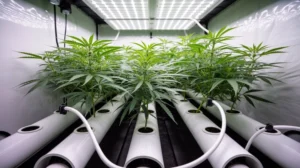
 03 Dec 2025
03 Dec 2025  7 min read
7 min read
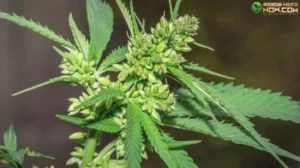
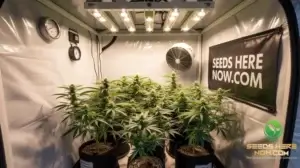
 November 15, 2024
November 15, 2024 


RESPONSES (0)
No responses yet. Be the first to respond!